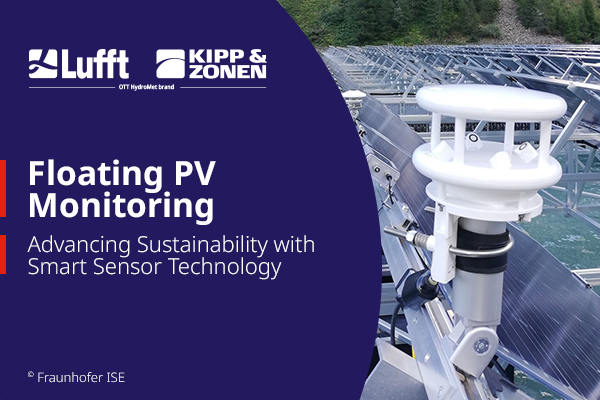Spring is coming and it’s showing its variable side. In addition to the first rays of sun, more and more heavy precipitation is falling. Rain, snow, sleet and hail pose a variety of challenges for meteorological measuring.
Photo-Credit: Sandra Cunningham – Fotolia.com
Spring is coming and it’s showing its variable side. In addition to the first rays of sun, more and more heavy precipitation is falling. Rain, snow, sleet and hail pose a variety of challenges for meteorological measuring. Precipitation measuring is important in a variety of fields.
In the spring in particular, precipitation measuring plays an important role, especially in predicting floods. The risk of flooding is especially high during this period. In addition to the melting speed of snow and ice, high levels of precipitation are the main cause of floods. But measuring precipitation is also necessary for water supply forecasting and observing climate conditions. Depending on the goals and framework conditions, there are different approaches with regards to recording hydrometeorological data. For instance, the amount and level of precipitation, relative humidity, type of precipitation and evaporation can be measured.
When determining the amount and type of precipitation, the Lufft product portfolio offers measuring and regulation technology for different uses. There are different types of devices in the product range. The measuring devices used are either heated or unheated and range from simple mechanical measuring concepts to complex sensor technology. Thus, the Rain gauge WTB100 for instance is based on tipper truck technology, also called a “tipping bucket”. An additional common measuring process is the weight principle in which the type and amount of the fallen precipitation is determined based on its weight. Also the use of laser or radar technology is possible with the Lufft Radar Rain Sensor R2S-UMB. This records the droplet speed and calculates the amount and intensity of the precipitation based on the ratios between the droplet size and speed. The type of precipitation can also be determined using these measurements.
Depending on the degree of complexity of the desired measurement, very different measuring systems and devices can be used. Whether additional meteorological measurements need to be recorded also plays a role. All of the precipitation measuring systems from Lufft are therefore offered as accessories to the weather measuring stations from the WS product series with which, in addition to the precipitation, variables like temperature, humidity and barometric pressure can also be measured.



